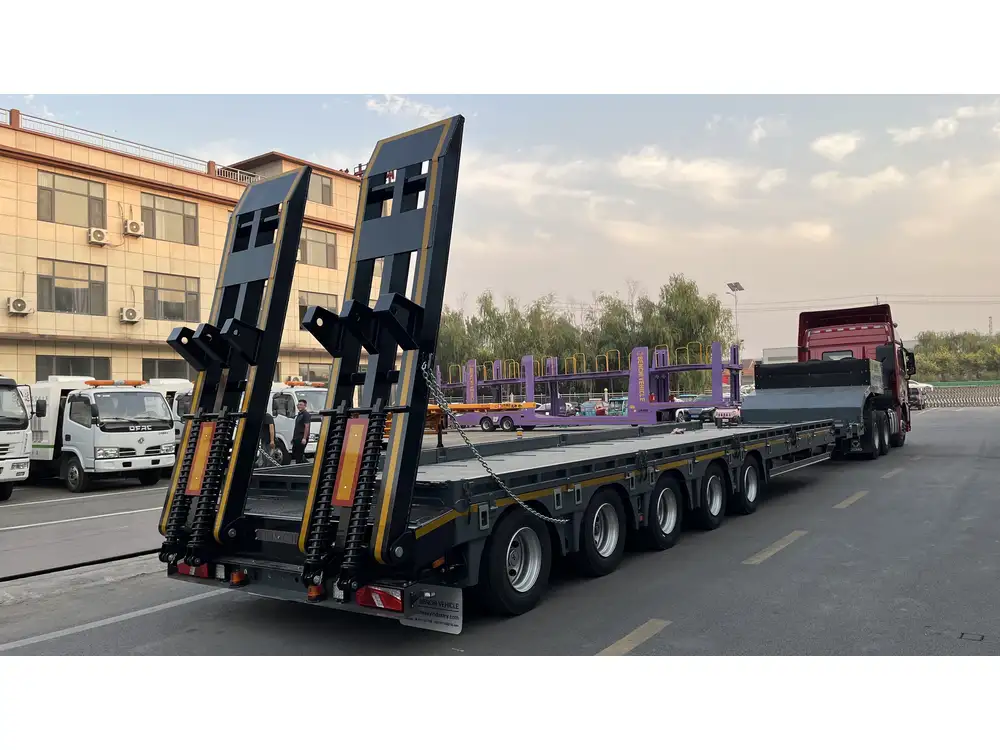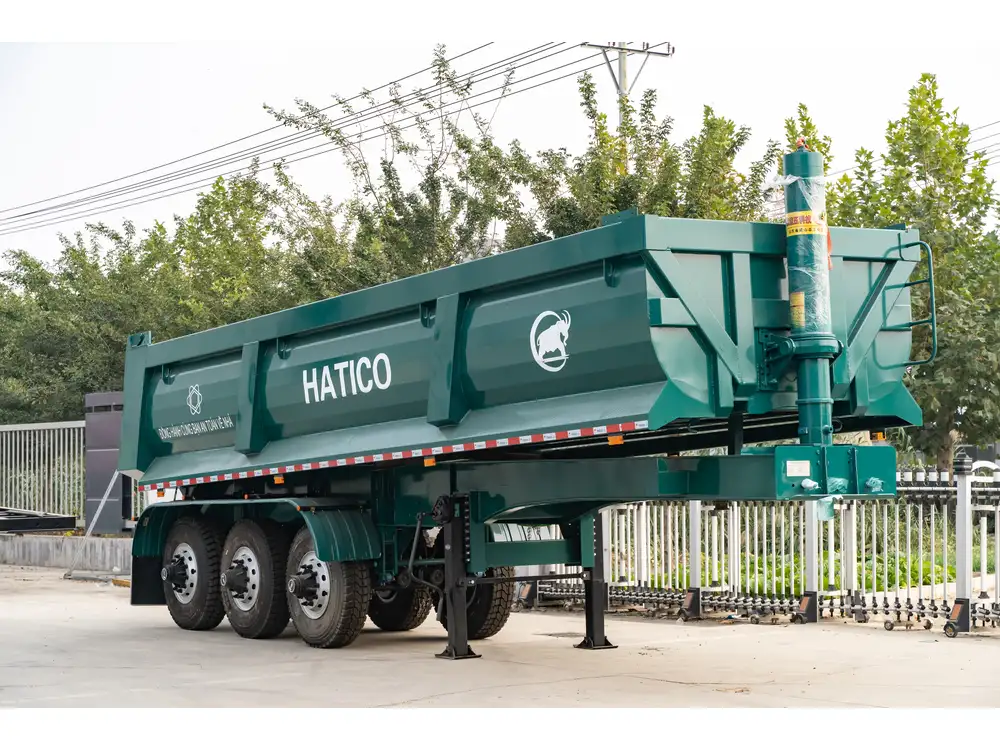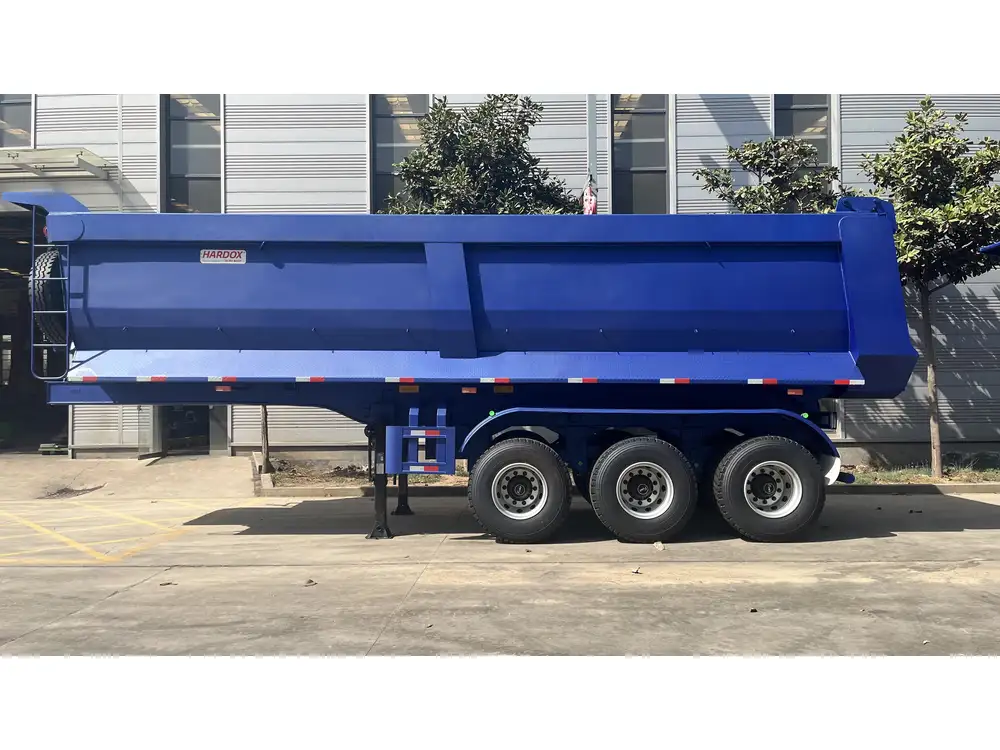In the realm of heavy-duty transportation, the ability to efficiently and safely jack up a semi-trailer is paramount. For fleet managers, drivers, and maintenance crews, understanding the intricacies of this process can enhance safety, prolong equipment lifespan, and ensure optimal performance. This guide provides an in-depth analysis of techniques, tools, and safety considerations associated with jacking up a semi-trailer.
Understanding the Importance of Jacking Up a Semi-Trailer
Jacking up a semi-trailer is often necessary for a variety of reasons, including:
- Tire Maintenance: Rotate, repair, or replace tires efficiently.
- Brake Checks: Accessing brake systems for adjustment or replacement.
- Suspension Inspections: Diagnosing issues in the suspension system.
- Underbody Inspections: Checking for wear and tear or damages in components underneath the trailer.
Knowing when and how to lift your semi-trailer can prevent accidents, reduce repair costs, and maintain your equipment in optimal condition.
Essential Tools for Jacking Up a Semi-Trailer
Before embarking on the jacking process, ensure you have the following tools at your disposal:
| Tool | Purpose |
|---|---|
| Hydraulic Jack | Raising the trailer to desired height |
| Jack Stands | Providing stability and support |
| Wheel Chocks | Preventing movement of the trailer |
| Pneumatic Impact Wrench | Removing lug nuts and bolts |
| Safety Gloves | Protecting hands during the process |

Selecting the Right Jack
Choosing the right hydraulic jack is critical. Factors to consider include:
- Weight Capacity: Ensure your jack can handle the semi-trailer’s weight. Heavy-duty jacks rated for at least 20 tons are typically recommended.
- Height Range: The jack should reach the necessary height to allow for adequate clearance beneath the trailer.
Step-by-Step Process to Jack Up a Semi-Trailer
Follow these detailed steps to safely and efficiently jack up a semi-trailer:
1. Prepare the Work Area
- Flat Surface: Position the trailer on a firm and level surface to prevent any slippage during the jacking process.
- Clear Obstacles: Remove any debris or obstacles from the work area.

2. Secure the Trailer
- Wheel Chocks: Place wheel chocks in front and behind at least one tire on the opposite side to prevent movement.
3. Identify the Jacking Points
Familiarize yourself with the designated jacking points of the semi-trailer. These are typically reinforced areas specifically designed to withstand the stress of lifting.
4. Position the Hydraulic Jack
- Placement: Slide the hydraulic jack directly under the identified jacking point.
- Alignment: Ensure it is centered and securely positioned to avoid slippage.

5. Lift the Trailer
- Gentle Pumping: Begin pumping the hydraulic jack handle slowly and steadily. Monitor the trailer as it lifts to ensure stability.
- Height Consideration: Raise the trailer only to a height necessary for your task.
6. Insert Jack Stands
Once the trailer is elevated to the desired height:
- Stability: Immediately place jack stands under the trailer at the corresponding jacking points.
- Lowering the Jack: Gently release the pressure on the hydraulic jack to lower the trailer onto the jack stands.
7. Ensure Security
- Test Stability: Before beginning any work, gently shake the trailer to ensure it is securely supported by the jack stands.
- Confirm Chocked Wheels: Double-check that the wheel chocks are firmly in place.

8. Perform Your Tasks
Now that your trailer is securely jacked up:
- Work Efficiently: Execute any tasks such as tire changes, brake adjustments, or underbody inspections.
9. Lowering the Trailer
Once your work is complete, follow these steps to safely lower the trailer:
- Remove Any Tools or Equipment: Ensure the area is clear of tools and hands.
- Jack Stand Removal: Carefully remove the jack stands.
- Re-engage the Hydraulic Jack: Gradually lift the trailer again to fully release the weight from the jack stands.
- Lowering: Slowly lower the trailer to the ground, ensuring steady pressure controls.
10. Final Check
- Remove Wheel Chocks: After the trailer is fully lowered, remove the wheel chocks.
- Visual Inspection: Make sure no equipment is left underneath the trailer.

Safety Considerations While Jacking Up a Semi-Trailer
Safety is of utmost importance when jacking up a semi-trailer. Adhering to the following precautions can prevent accidents and injuries:
- Wear Protective Gear: Always don safety gloves, steel-toed boots, and eye protection.
- Never Get Under a Trailer Supported Only by a Jack: Always use jack stands or blocks.
- Check Weather Conditions: If working outdoors, assess the weather to avoid slippery conditions.
- Communicate Clearly: If working with a team, establish clear communication to ensure everyone’s safety.
Common Mistakes to Avoid
Avoid the following pitfalls to ensure a smooth jacking process:
- Using an Under-Rated Jack: Never compromise on the weight capacity of your lifting equipment.
- Ignoring Manufacturer Guidelines: Always consult the semi-trailer’s manual for recommended jacking points and methods.
- Neglecting Pre-Checks: Failing to inspect the jack and stands before use can lead to unexpected failures.
Conclusion
Jacking up a semi-trailer is a fundamental skill for those in the heavy-duty transportation industry. By following the detailed steps outlined in this guide, utilizing appropriate tools, and adhering to safety protocols, individuals can enhance efficiency and safety in conducting necessary maintenance and inspections. Remember, your trailer’s performance and longevity hinge on regular checks and proper handling techniques, making mastery of this skill not just beneficial, but essential.
For any further information or specialized equipment needs, feel free to explore our extensive range of products tailored to meet the demands of today’s transportation professionals.



